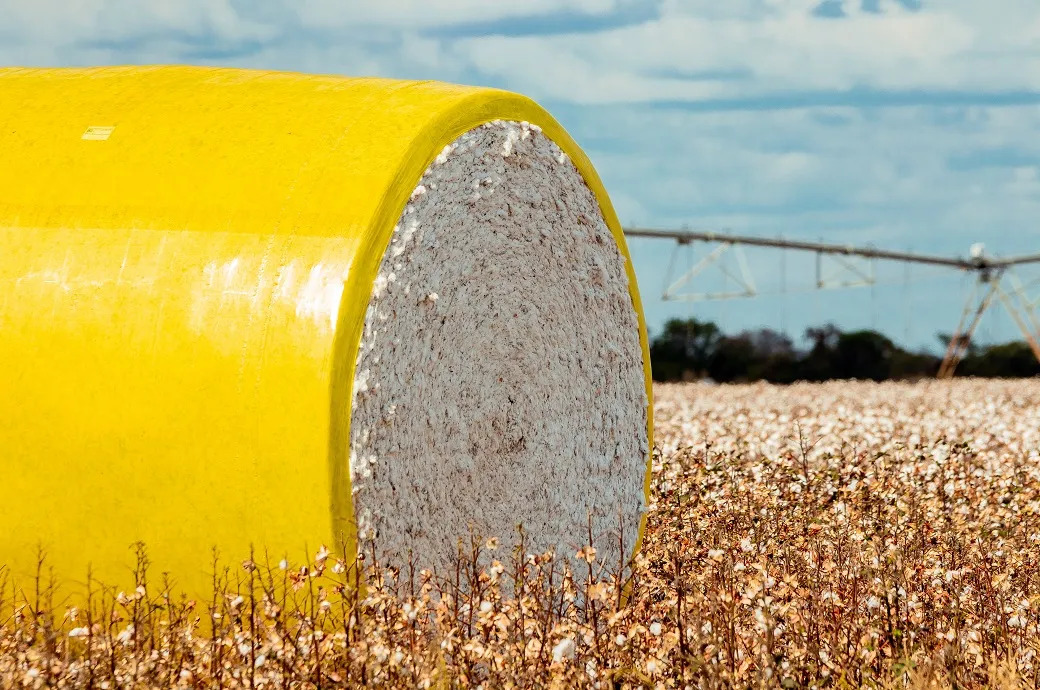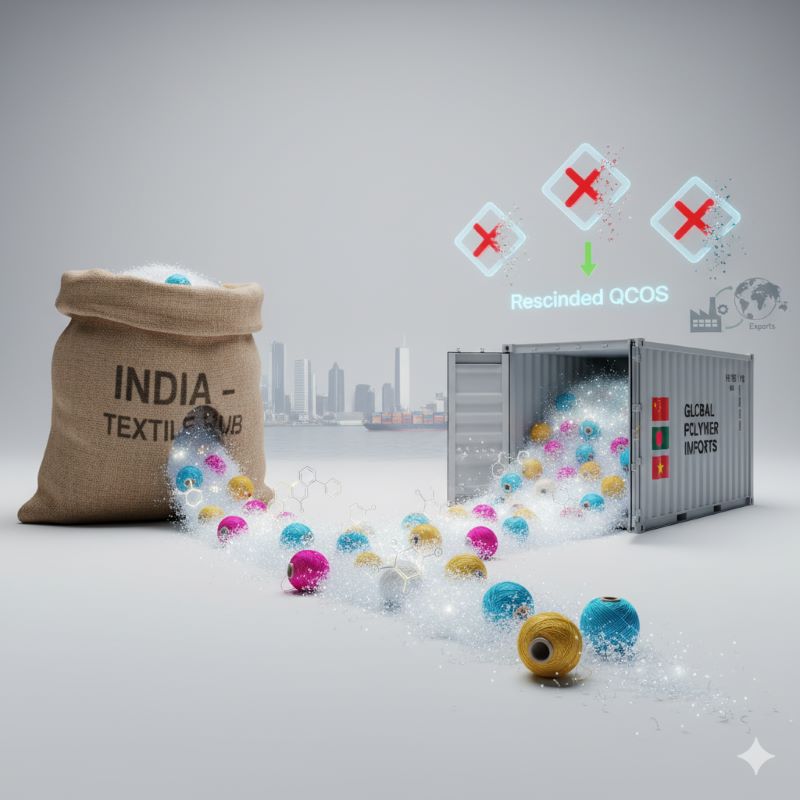
The announcement on new trade tariffs by the US sent ripples throughout the global apparel and textile industry, significantly impacting sourcing strategies and potentially reshaping the market landscape. These tariffs, primarily aimed at specific countries like Canada, Mexico among others, are prompting businesses to re-evaluate their supply chains and explore alternative sourcing destinations.
Impact on sourcing patterns & the rise of the global South
The new tariffs are expected to incentivize US companies to diversify their sourcing strategies, shifting away from countries heavily affected by the tariffs. This aligns with the broader trend of the Global South gaining prominence in the worldwide sourcing landscape. As Kearney's Terry Toland points out, "It is striking, just in the context of apparel and textiles, how many global South countries are front and center," with China, Bangladesh, Vietnam, and India collectively representing a substantial portion of global textile and apparel trade. This shift is not merely a reaction to tariffs but a consequence of long-term economic growth and increasing influence of these "middle powers."
Challenges and opportunities in a multipolar world
While the tariffs may create opportunities for some countries, particularly those in the Global South, they also pose challenges. Countries heavily reliant on apparel and textile exports to the US may face economic setbacks. And companies that heavily rely on imports from countries targeted by tariffs may experience disruptions in their supply chains, leading to delays and potential shortages. The ever-changing trade policies and tariff structures create uncertainty for businesses, making it difficult to plan long-term sourcing strategies.
Moreover, the tariffs could lead to increased costs for US businesses, potentially resulting in higher prices for consumers. This occurs within a complex geopolitical context, where, as the Kearney report notes, "geopolitics is back." The rise of the BRICS alliance, increased South-South trade, and growing middle classes in developing economies are all contributing to a multipolar world, where trade relationships are increasingly influenced by factors beyond pure economics.
As for opportunities it will lead to diversification of sourcing. Businesses are increasingly looking to diversify their sourcing beyond traditional hubs, exploring new markets in regions like Southeast Asia, Africa, and Latin America. Meanwhile, some companies are considering bringing production back to the US or shifting sourcing to nearby countries in the Western Hemisphere. The tariff environment may also incentivize businesses to focus on higher-value products and sustainable practices to differentiate themselves in the market.
The following table, by US Department of Commerce data and the insights from the Kearney report, illustrates the potential impact of the tariffs on US apparel and textile imports from various regions:
Table: Tariff impact on US apparel and textile imports
|
Region |
Current import value ($ bn) |
Potential tariff impact |
Drivers of change |
|
China |
40 |
Significant decrease |
Tariffs, Diversification, Geopolitical tensions |
|
Vietnam |
15 |
Potential increase |
Favorable trade terms, Shifting sourcing, BRICS membership |
|
Bangladesh |
10 |
Potential increase |
Cost-competitiveness, Established manufacturing base |
|
India |
8 |
Potential increase |
Growing economy, Skilled workforce, South-South trade |
|
Mexico |
5 |
Potential decrease/nearshoring benefit |
Tariffs, Nearshoring advantage for US market |
|
Africa |
Growing Potential |
Potential increase |
Untapped potential, Developing economies, Investor interest |
Industry reactions
The US National Council of Textile Organizations (NCTO) and other trade bodies have been actively involved in advocating for policies that support the domestic textile industry and address the challenges posed by tariffs. The NCTO has expressed concerns about the negative impact of tariffs on US textile manufacturers and has called for measures to level the playing field for domestic producers. NCTO President and CEO Kim Glas, says “We are grateful that President Trump has reached an agreement with both Mexico and Canada to pause the planned 25 per cent penalty tariffs on their imports for one month while all parties continue to negotiate a deal to address his administration’s serious concerns. We fully support the President’s efforts to resolve issues related to migration and fentanyl poisoning as quickly as possible so that we can ensure a normalized trading relationship with Mexico and Canada.
Glas points out, Mexico is the largest export market for American fibers, yarns and fabrics, while Canada is the third largest market for US textiles. These countries serve as partners in the vital North American textile and apparel coproduction chain, helping to support 500,000 US textile jobs nationwide. “All three countries are signatories to the United States-Mexico-Canada Agreement (USMCA), which is by far the largest export region for US textiles, representing $12.5 billion in combined US exports – 53 per cent of our total annual exports. This North American coproduction chain competes directly with China and Asia. The NCTO while welcoming the plan to impose a 10 per cent tariff on imports from China to mitigate China’s massive predatory and often illegal trade practices, said, “China’s unethical and illegal trade practices, including the egregious use of forced labor, have severely damaged the domestic textile industry for decades, costing hundreds of thousands of U.S. jobs.”
Other trade bodies like the American Apparel & Footwear Association (AAFA) have urged the government to pursue trade policies that promote open markets and reduce barriers to trade. Steve Lamar, AAFA president and CEO feels the widespread tariff actions on Mexico, Canada, and China will inject massive costs into US inflation-weary economy while exposing it to a damaging tit-for-tat tariff war that will harm key export markets that US farmers and manufacturers. They are all for forging deeper collaboration with free trade agreement partners, not taking actions that call into question the very foundation of that partnership.












